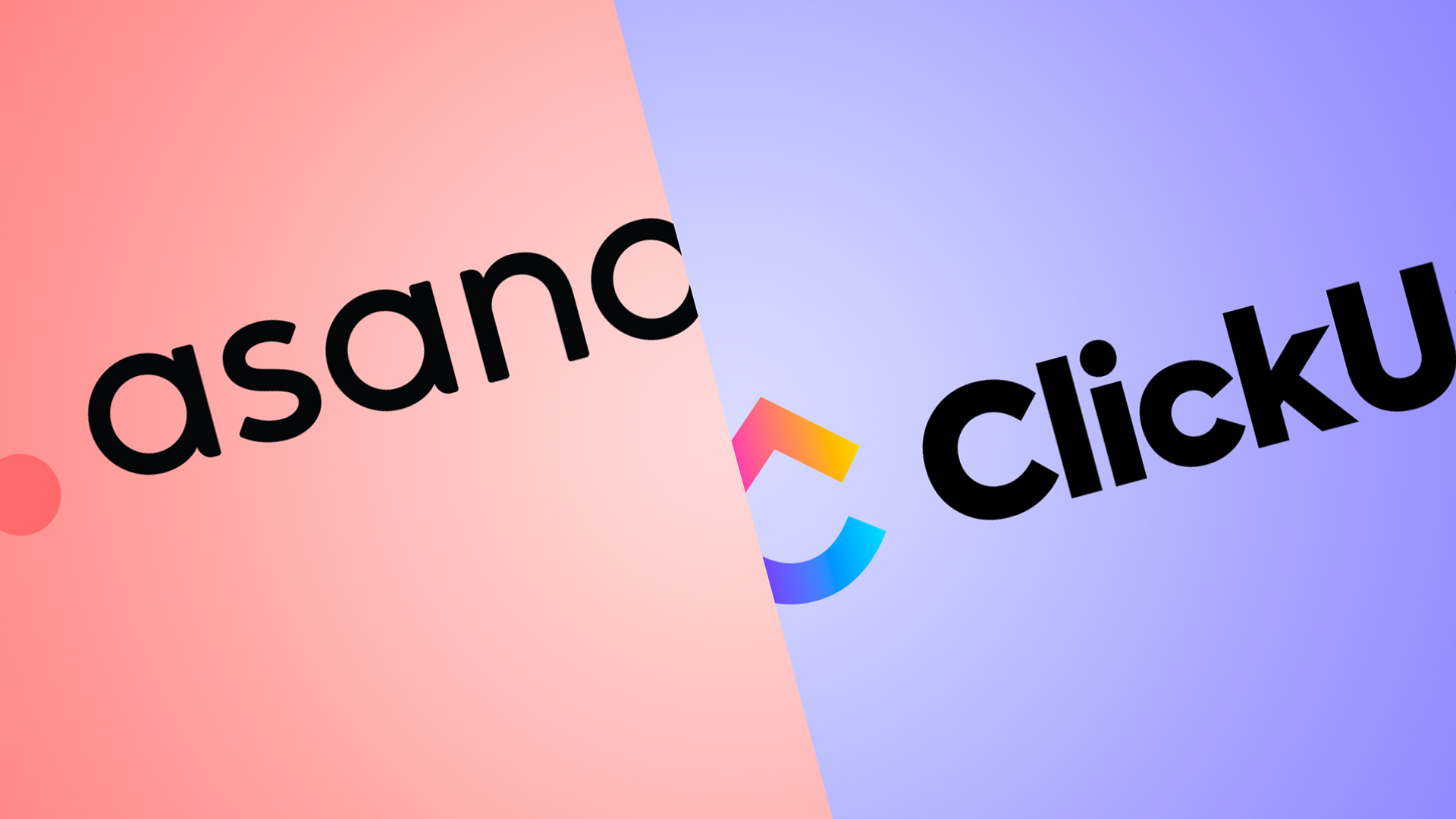For business owners juggling multiple responsibilities, finding the right project management tool is crucial to maintaining efficiency and fostering team collaboration. Asana and ClickUp are two prominent platforms that promise to revolutionize how businesses manage projects and workflows. This article provides an authoritative comparison of Asana vs ClickUp, highlighting their core functionalities, ease of use, and value for money, to guide you in making a well-informed decision that enhances your business operations.
What is Asana?
Asana is a powerful project management tool designed to help teams organize, track, and manage their work. Launched in 2008, Asana offers a range of features including task management, project timelines, and workflow automation, making it a versatile solution for businesses of all sizes. Its user-friendly interface allows teams to create tasks, set deadlines, assign responsibilities, and monitor progress through various project views like lists, boards, and calendars. Asana also integrates seamlessly with numerous other tools, enhancing its functionality and making it easier for teams to collaborate and communicate effectively.
What is ClickUp?
ClickUp is an all-in-one project management and productivity platform designed to streamline workflows and enhance team collaboration. Founded in 2017, ClickUp offers a comprehensive suite of features including task management, time tracking, goal setting, and advanced reporting. Its highly customizable interface allows users to tailor the platform to their specific needs, with multiple project views such as lists, boards, Gantt charts, and calendars. ClickUp also supports extensive integrations with other tools and applications, making it a versatile choice for businesses aiming to improve efficiency and productivity across various projects and teams.
What’s the Difference Between Asana and ClickUp?
Ease of Use
- Asana: Known for its intuitive and user-friendly interface, Asana is designed to be easy to navigate, making it accessible even for those who are not tech-savvy. It offers a straightforward setup process and a clean layout that helps users quickly get up to speed.
- ClickUp: While ClickUp offers a wealth of features, its interface can be more complex and may require a steeper learning curve. However, this complexity comes with a high degree of customization, allowing users to tailor the platform to their specific needs.
Features
- Asana: Asana provides robust task management capabilities, including task assignments, due dates, and project timelines. It also supports various project views such as lists, boards, and calendars. Key features include workflow automation, custom fields, and integrations with other tools like Slack, Google Drive, and Microsoft Teams.
- ClickUp: ClickUp offers an extensive range of features, including task management, time tracking, goal setting, and advanced reporting. It supports multiple project views like lists, boards, Gantt charts, and calendars. ClickUp also excels in customization, allowing users to create custom statuses, fields, and workflows. Additionally, it offers built-in docs, chat, and mind maps.
Pricing
- Asana: Asana offers a free tier with basic features suitable for small teams. Its premium plans start at $10.99 per user per month, providing advanced features like timeline view, reporting, and more integrations. Enterprise plans are available for larger organizations with additional security and support options.
- ClickUp: ClickUp also offers a free tier with a generous set of features. Its paid plans start at $5 per user per month, making it a cost-effective option for businesses. Higher-tier plans offer more advanced features, increased storage, and priority support, catering to the needs of larger teams and enterprises.
Customization and Flexibility
- Asana: While Asana offers some level of customization, such as custom fields and templates, it is generally more rigid compared to ClickUp. This makes it easier to use but less flexible for businesses with unique workflows.
- ClickUp: ClickUp is highly customizable, allowing users to create custom statuses, fields, and workflows. This flexibility makes it suitable for a wide range of business needs and allows teams to tailor the platform to their specific processes.
Collaboration and Communication
- Asana: Asana excels in team collaboration with features like task comments, project discussions, and file attachments. It integrates well with communication tools like Slack and Microsoft Teams, enhancing team communication.
- ClickUp: ClickUp offers built-in communication tools such as chat and comments, along with collaborative docs and whiteboards. These features facilitate real-time collaboration and make it easier for teams to stay connected and aligned on projects.
Customer Support
- Asana: Asana provides a range of support options, including a comprehensive help center, community forums, and email support. Premium users have access to priority support and personalized onboarding.
- ClickUp: ClickUp offers extensive support resources, including a help center, webinars, and community forums. Paid plans come with priority support, and enterprise users receive dedicated customer success managers to ensure smooth onboarding and ongoing assistance.
What are the Best Features of Asana and ClickUp?
Best Features of Asana
1. Task Management
Asana excels in task management, providing users with the ability to create, assign, and track tasks effortlessly. Each task can include detailed descriptions, attachments, due dates, and subtasks, ensuring that all necessary information is easily accessible. The platform also allows for task dependencies, which helps in managing complex projects by clearly defining the order of operations.
2. Project Views
Asana offers multiple project views, including lists, boards, and calendars, allowing teams to visualize their work most effectively. The list view is ideal for detailed task tracking, the board view supports a Kanban-style workflow, and the calendar view helps in planning and scheduling tasks. This flexibility ensures that teams can choose the view that best suits their workflow.
3. Workflow Automation
With Asana’s workflow automation features, users can automate repetitive tasks and processes, saving time and reducing the risk of human error. Custom rules can be set up to trigger actions such as task assignments, status updates, and notifications, streamlining project management and enhancing productivity.
4. Integrations
Asana integrates seamlessly with a wide range of third-party tools, including Slack, Google Drive, Microsoft Teams, and more. These integrations enhance Asana’s functionality by allowing users to connect their favorite tools and centralize their work in one platform, improving efficiency and collaboration.
5. Reporting and Analytics
Asana provides robust reporting and analytics features that help teams track progress and measure performance. Customizable dashboards and real-time reporting tools offer insights into project status, team workload, and task completion rates, enabling data-driven decision-making and continuous improvement.
Best Features of ClickUp
1. Customization
ClickUp is renowned for its high level of customization, allowing users to tailor the platform to their specific needs. Custom statuses, fields, and workflows can be created to match unique business processes. This flexibility makes ClickUp suitable for a wide range of industries and project types, ensuring that teams can work in the way that best suits them.
2. Multiple Project Views
ClickUp offers a variety of project views, including lists, boards, Gantt charts, calendars, and timelines. This diversity allows teams to visualize their work from different perspectives, facilitating better planning, tracking, and execution of projects. The ability to switch between views ensures that all team members can work in their preferred style.
3. Time Tracking
Built-in time tracking is one of ClickUp’s standout features, enabling users to log time spent on tasks directly within the platform. This feature helps teams monitor productivity, manage billable hours, and ensure that projects stay on schedule. Time tracking data can also be used for reporting and analysis, providing valuable insights into team performance.
4. Collaboration Tools
ClickUp offers a comprehensive suite of collaboration tools, including built-in chat, comments, collaborative docs, and whiteboards. These features facilitate real-time communication and collaboration, making it easier for teams to stay connected and aligned on project goals. The platform’s collaborative capabilities enhance teamwork and ensure that everyone is on the same page.
5. Goal Setting and Tracking
ClickUp’s goal-setting and tracking features allow teams to set, manage, and achieve their objectives effectively. Users can create goals, break them down into smaller tasks, and track progress in real-time. This feature helps teams stay focused on their priorities, align their efforts with business objectives, and measure success accurately.
Which Has a Better Userbase, Asana or ClickUp?
When comparing the user bases of Asana and ClickUp, Asana has a more established presence, having been launched in 2008 and widely adopted by a diverse range of organizations, including large enterprises like Google, Microsoft, and Airbnb. Its longevity and reputation for reliability have garnered it a substantial and loyal user base. ClickUp, on the other hand, is a newer entrant, founded in 2017, but has rapidly gained popularity due to its extensive feature set and high level of customization. ClickUp appeals particularly to tech-savvy users and startups looking for a versatile and cost-effective project management solution. While Asana’s user base is larger and more established, ClickUp’s rapid growth and innovative features make it a strong contender in the market.
How Does Cybersecurity Compare Between Asana and ClickUp?
When it comes to cybersecurity, both Asana and ClickUp prioritize the protection of user data with robust security measures. Asana employs industry-standard security protocols, including data encryption at rest and in transit, regular security audits, and compliance with GDPR and SOC 2 Type II standards. It also offers advanced security features for enterprise users, such as SAML-based single sign-on (SSO) and data export controls. ClickUp similarly ensures data security through encryption, regular security assessments, and compliance with GDPR and SOC 2 Type I standards. Additionally, ClickUp provides features like two-factor authentication (2FA) and custom permissions to enhance user security. While both platforms offer strong cybersecurity measures, Asana’s longer track record and additional enterprise-grade security options may provide an extra layer of confidence for larger organizations.
Conclusion
In conclusion, both Asana and ClickUp offer robust project management software solutions that cater to different business needs and preferences. Asana’s intuitive interface and established reputation make it a reliable choice for businesses seeking straightforward task management and seamless integrations. Meanwhile, ClickUp’s extensive customization options and comprehensive feature set appeal to those looking for a versatile and highly adaptable platform. Ultimately, the best choice depends on your specific requirements, team dynamics, and budget. By carefully evaluating the unique features and benefits of each tool, business owners can make an informed decision that enhances productivity, streamlines workflows, and drives growth.
Final Thoughts
Ensure your business’s longevity with Buzz Cybersecurity’s specialized services. We provide a broad spectrum of defense options, from managed IT solutions and innovative cloud technologies to robust ransomware protection. Our expert team will guide you through the intricacies of cyber threats, safeguarding your essential digital assets. Collaborate with us today to fortify your business’s defenses in the ever-changing cybersecurity environment.
Sources


